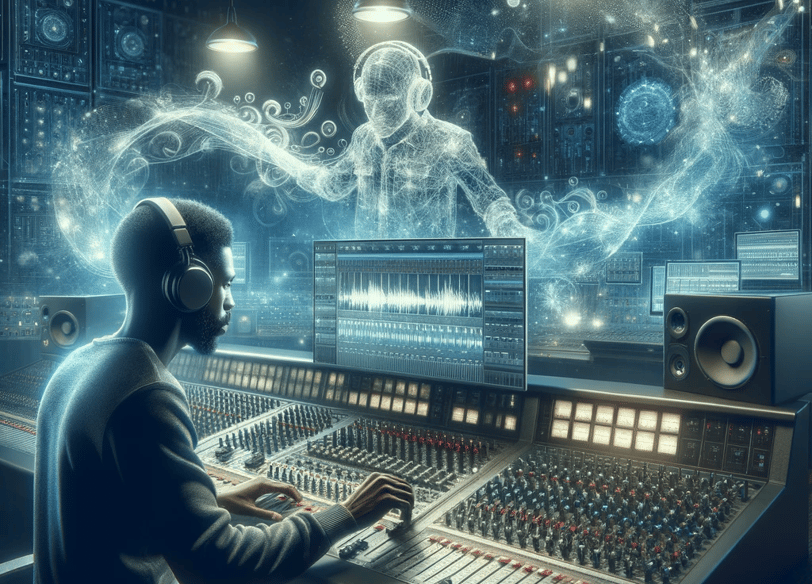The Science of Sound Design: Crafting the Unheard
Have you ever wondered what makes the rustling of leaves in a movie so vivid, or the roar of a spaceship in a game so thrilling?
1/11/20242 min read


Sound Design in Different Media: The application of sound design varies significantly across different media platforms. In film, it's about enhancing the narrative and setting the mood. In video games, sound design can be interactive, changing based on the player's actions. In virtual reality (VR) environments, immersive 3D audio plays a crucial role in creating a realistic experience. Discussing these variations gives insight into the adaptability and creativity required in sound design.
Case Studies of Iconic Sound Designs: This part could highlight notable examples of sound design in popular culture. Think of the lightsaber hum from "Star Wars," the iconic T-Rex roar in "Jurassic Park," or the eerie soundtrack of "Jaws." Each case study can delve into how these sounds were created and the impact they had on the audience and the industry.
Future Trends in Sound Design: Looking ahead, sound design is poised for exciting advancements. This might include the use of AI in sound creation, developments in spatial audio for more immersive experiences, and the growing importance of sound design in user interfaces for technology products. Discussing these trends will give readers a glimpse into the future of sound design and its potential applications.
Conclusion: The world of sound design is an endless ocean of discovery, where every sound tells a story, and every silence speaks volumes. As we close this chapter in our sonic exploration, remember that every movie you watch, every game you play, and every app you use, carries with it the invisible yet impactful art of sound design. Stay tuned and subscribe for more journeys into the fascinating realms of multimedia creation. Your next favorite sound might just be a click away.
Have you ever wondered what makes the rustling of leaves in a movie so vivid, or the roar of a spaceship in a game so thrilling? Welcome to the captivating world of sound design, where science and creativity intertwine to bring the unheard into existence. Dive with us into this intriguing journey, where we unravel the secrets behind creating sounds that resonate not just through our ears but our emotions.
The Basics of Sound Design: Sound design is not just an art; it’s a science. It starts with understanding the fundamentals of sound - frequency, amplitude, and timbre. Each element plays a crucial role in how we perceive a sound, whether it's the comforting crackle of a fireplace or the jarring screech of brakes.
The Tools of the Trade: Modern sound design is heavily reliant on technology. Digital Audio Workstations (DAW), synthesizers, and field recorders are just the tip of the iceberg. We delve into how these tools are used to manipulate and create sounds, exploring the limitless possibilities they offer.
The Art of Foley: Foley is the art of creating everyday sound effects. We explore the history and techniques of Foley artists, who use an array of objects to replicate and enhance sounds in post-production, breathing life into visual media.
The Psychology of Sound: Sound has a profound impact on our emotions and behaviors. The psychology of sound delves into how different sounds can evoke specific emotional responses. For example, a minor chord in music often conveys sadness, while a major chord can evoke happiness. This section can explore how sound designers use these principles to create emotional landscapes in various media.


